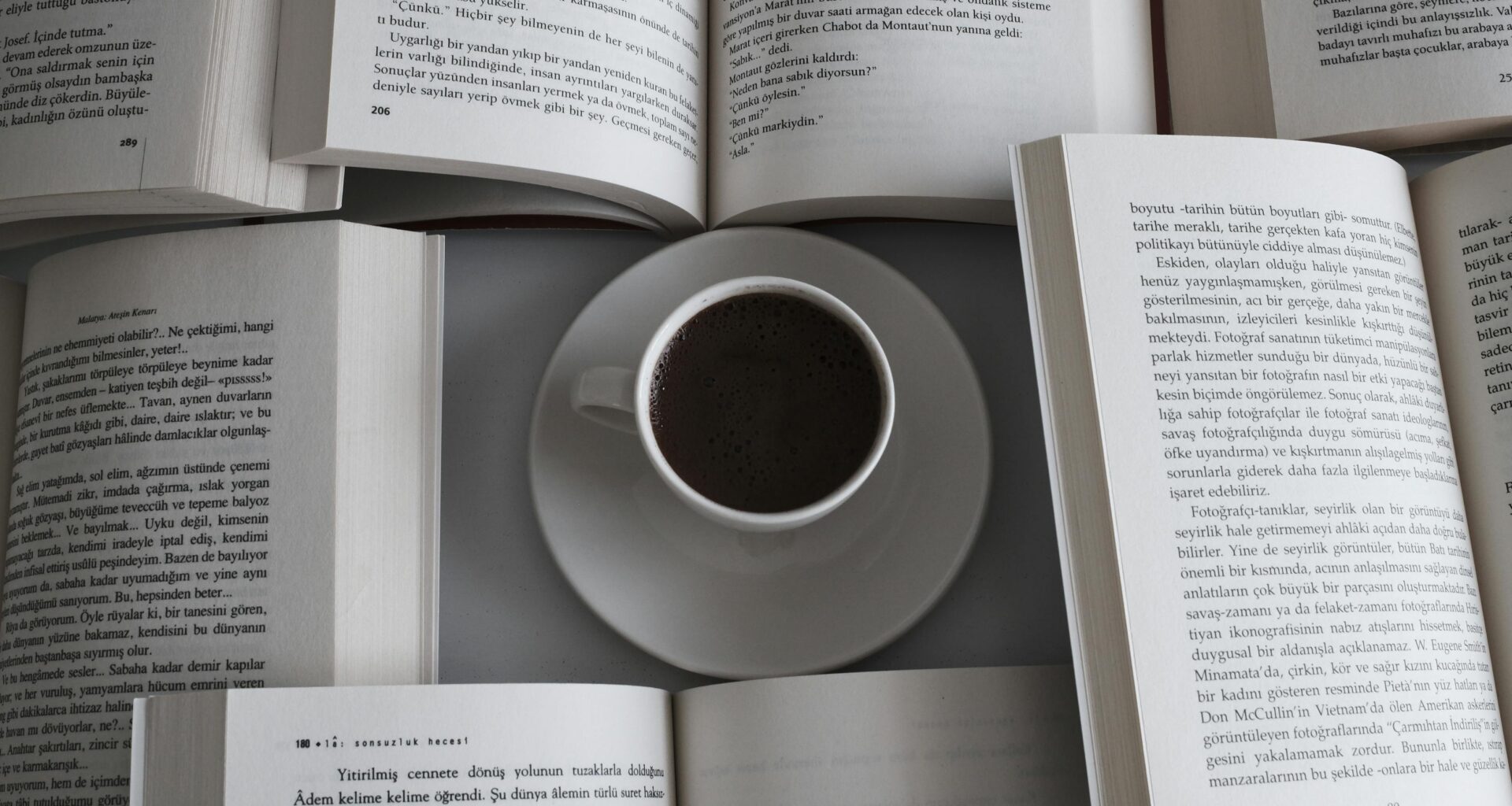Creativity is a vital skill in today’s fast-paced world, whether you’re solving problems at work, pursuing artistic endeavors, or seeking personal growth. The following five books offer unique perspectives and practical strategies to unlock and enhance your creative potential.
1. The Artist’s Way: A Spiritual Path to Higher Creativity
Author: Julia Cameron
Key Points:
Morning Pages: Cameron introduces the practice of writing three pages of stream-of-consciousness thoughts each morning to clear mental clutter and spark creative ideas.Artist Dates: Weekly solo outings to engage with inspiring experiences, fostering a sense of play and curiosity.Overcoming Blocks: The book guides readers through exercises to identify and overcome creative blocks, such as self-doubt and fear of failure.Holistic Approach: Emphasizes creativity as a spiritual practice, encouraging self-discovery and connection to one’s inner artist.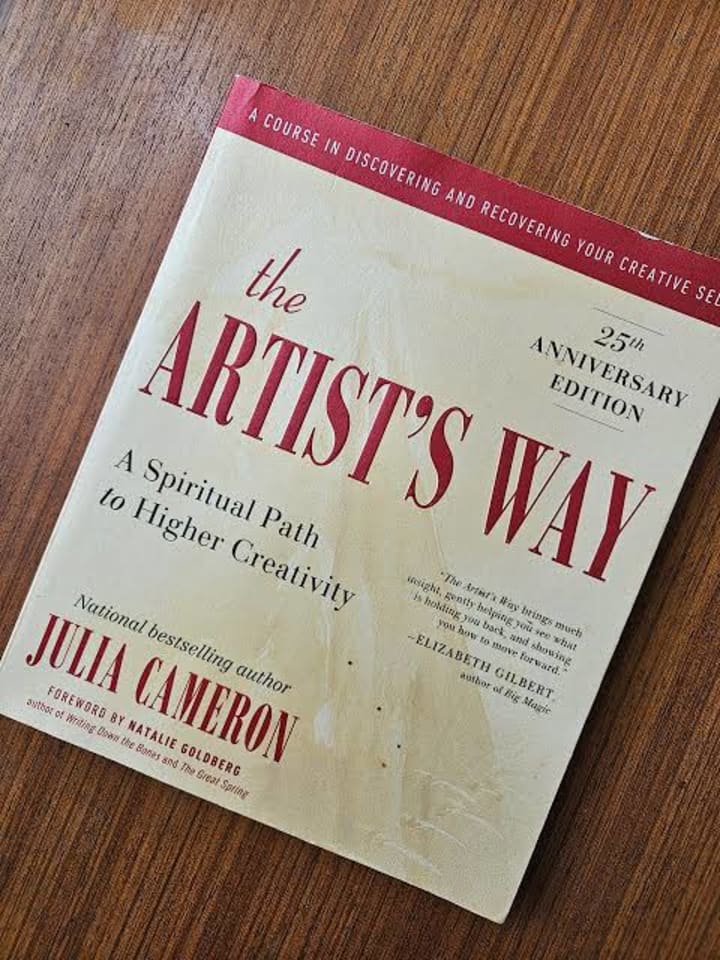
First published in 1992, The Artist’s Way has become a cornerstone for creatives seeking to unlock their potential. Julia Cameron, a prolific artist and teacher, combines practical exercises with spiritual insights to help readers rediscover their creativity.
This book is particularly valuable for those feeling stuck or disconnected from their creative instincts, offering a structured 12-week program to reignite inspiration. Its emphasis on consistent practices like Morning Pages makes it a hands-on guide for sustained creative growth.
2. Steal Like an Artist: 10 Things Nobody Told You About Being Creative
Author: Austin Kleon
Key Points:
Embrace Influence: Kleon encourages “stealing” ideas from others by reinterpreting and remixing them to create something unique.Start Small: Begin with small, manageable creative projects to build momentum and confidence.Side Projects: Pursuing hobbies outside your main work can lead to unexpected creative breakthroughs.Share Your Work: Publicly sharing your creative process fosters accountability and community support.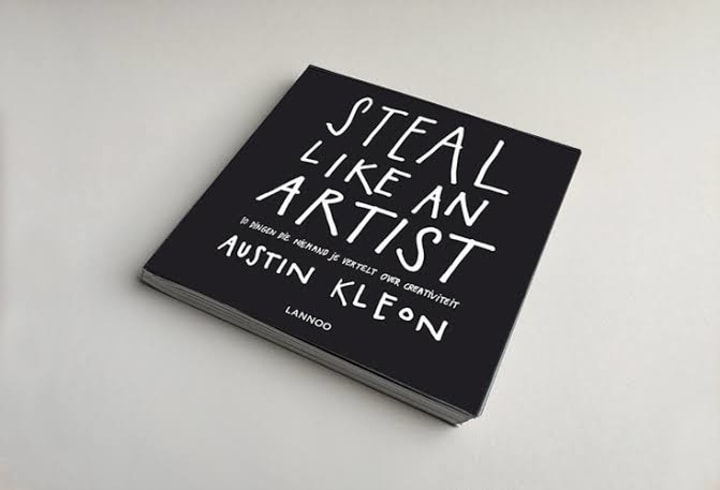
Austin Kleon’s Steal Like an Artist is a concise, visually engaging guide that demystifies creativity. With a conversational tone, Kleon, an artist and writer, offers ten practical principles for unlocking creativity, emphasizing that no idea is entirely original.
book is ideal for beginners and seasoned creatives alike, providing permission to experiment and embrace imperfection. Its short, digestible format makes it an accessible entry point for those new to creative exploration.
3. Creative Confidence: Unleashing the Creative Potential Within Us All
Authors: Tom Kelley and David Kelley
Key Points:
Design Thinking: The authors, founders of IDEO, advocate using design thinking to approach problems creatively, emphasizing empathy and iteration.Overcome Fear: Techniques to move past fear of judgment and failure, which often stifle creativity.Collaboration: Encourages working with others to spark new ideas and perspectives.Mindset Shift: Creativity is not a gift for the few but a skill anyone can develop through practice.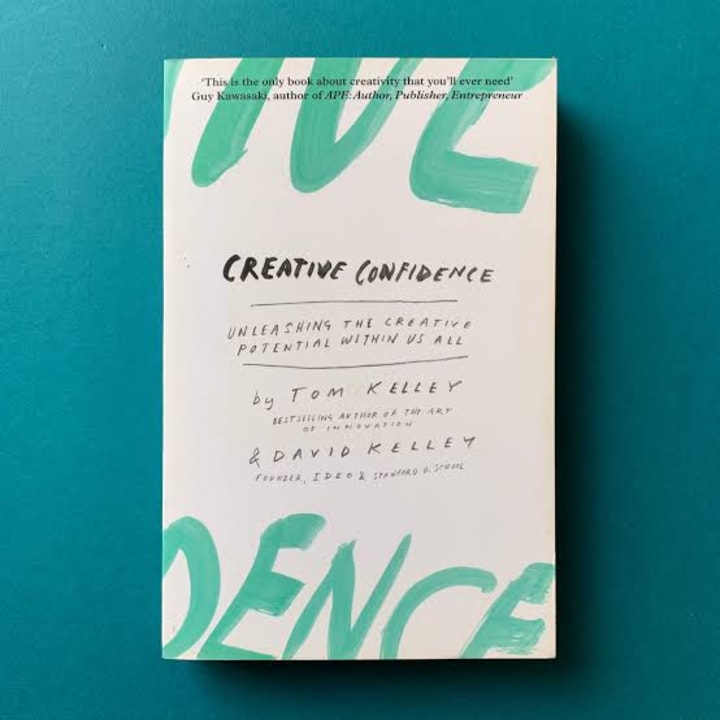
Written by Tom and David Kelley, Creative Confidence draws on their experience at IDEO and Stanford’s d.school to show that creativity is accessible to everyone
This book is particularly relevant for professionals in business or innovation-driven fields, as it connects creativity to practical problem-solving. Its real-world examples, like how companies innovate through creative processes, make it a compelling read for those looking to apply creativity in structured environments.
4. Big Magic: Creative Living Beyond Fear
Author: Elizabeth Gilbert
Key Points:
Courage Over Perfection: Gilbert urges readers to create despite fear, emphasizing that courage is more important than perfection.Ideas as Entities: She presents ideas as living entities that seek collaboration with humans, encouraging openness to inspiration.Persistence: Creativity requires consistent effort, even when results aren’t immediate.Joyful Approach: Creativity should be pursued for its own sake, not for external validation.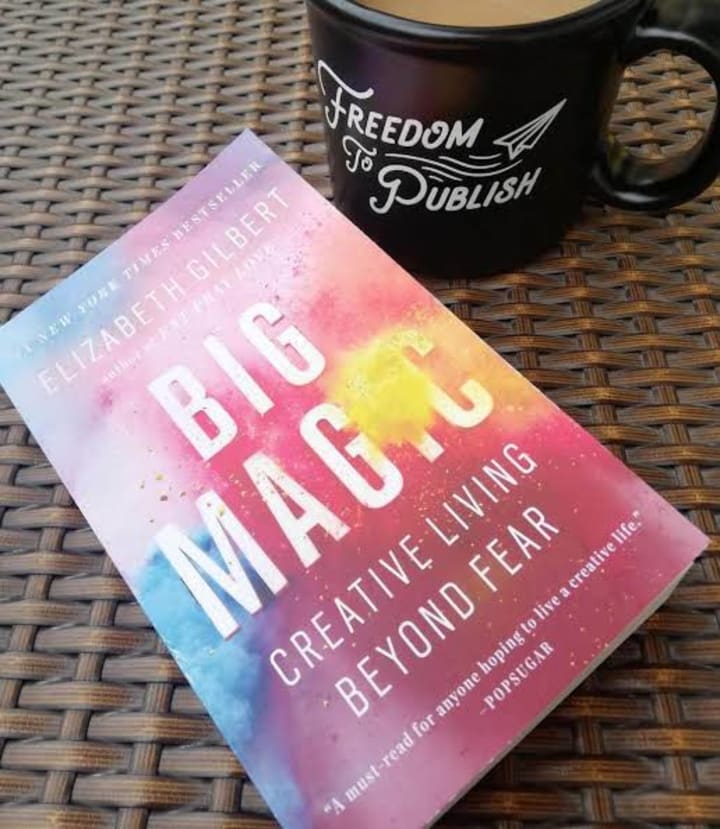
Elizabeth Gilbert, known for Eat, Pray, Love, delivers an inspiring and heartfelt exploration of creativity in Big Magic.
This book is perfect for those who struggle with self-doubt or societal pressures, as Gilbert’s warm, encouraging voice reframes creativity as a joyful, accessible practice. Her anecdotes and philosophical insights make it a motivating read for anyone seeking a lighter, more liberated approach to creative living.
5. Creativity, Inc.: Overcoming the Unseen Forces That Stand in the Way of True Inspiration
Author: Ed Catmull (with Amy Wallace)
Key Points:
Creative Culture: Catmull, co-founder of Pixar, shares strategies for fostering a creative workplace, emphasizing trust and collaboration.Embrace Failure: Failure is a necessary part of the creative process, leading to innovation when approached constructively.Feedback Loops: Constructive feedback is essential for refining creative work, as seen in Pixar’s “Braintrust” meetings.High Output: Consistent creative output increases the likelihood of producing exceptional work.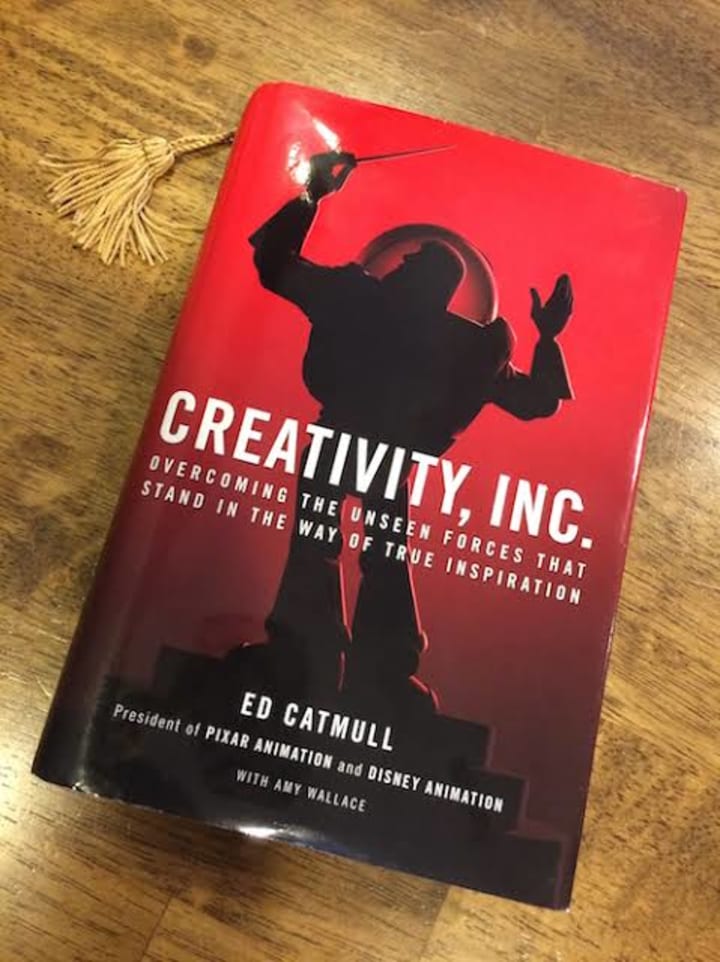
Creativity, Inc. offers a behind-the-scenes look at Pixar’s creative process, written by its co-founder Ed Catmull with journalist Amy Wallace. This book is ideal for leaders, teams, or individuals interested in how creativity thrives in collaborative settings.
Catmull’s insights, drawn from Pixar’s success with films like Toy Story, provide practical lessons for sustaining creativity in high-pressure environments. Its focus on organizational creativity makes it a unique addition to this list.
About These Books
These five books offer diverse approaches to boosting creativity, from practical exercises to philosophical reflections. Whether you’re an artist, professional, or simply seeking inspiration, these titles provide tools to unlock your creative potential. The Artist’s Way and Big Magic focus on personal creative journeys, while Creative Confidence and Creativity, Inc. apply creativity to professional and collaborative settings. Steal Like an Artist bridges the gap with its accessible, universal advice. Together, they empower readers to embrace creativity as a skill, a mindset, and a way of life.

